Developments in technology are constantly changing the way we do business. Earlier this year, Gartner released a set of Top Strategic Technology Trends for 2021 that they believe will drive significant disruption and opportunity for businesses over the next five to ten years.
Each of these trends will have implications for Information Management (IM) activities and processes. Since it’s better to be prepared than to have to retrofit later, here are some top tips that will help your organisation tweak its IM practices to meet the proposed disruption.
Accept that you have reduced control over where and when information is accessed, and instead focus on the behaviours that are needed for information management.
Trends such as Anywhere Operations and the Intelligent Composable Business require organisations to enable access to information and insights across a range of locations and devices that are not centrally controlled. There will also be a need to quickly respond to changes in operating environments that can not be supported by traditional approval processes.
Increasing the autonomy of business units while ensuring that information assets are protected requires a shift from the traditional rules-based compliance function to one that is focused on balancing outcomes and risk. It is centred around trusting individuals to do the right thing, rather than simply following the defined processes. However, for business units to do the right thing, business rules must be clear.
Place additional emphasis on the adoption of decision rights and accountability models that support federated environments.
The heart of any governance model is the set of decision rights and accountabilities for staff. Enabling trusted information management behaviours that are outcomes focused requires a governance approach that works in a federated manner. A federated approach enables flexibility independence and agility, which is required to address trends such as distributed cloud computing and user experiences as imagined by the total experience, as well as enabling privacy-enhancing computing.
A federated governance approach also helps to ensure that organisations can respond to many of the ethical implications of trends such as the internet of behaviours and AI engineering.
Understand the entities (people and other things) that are important for your business, and design IM solutions that support them.
Too often IM is focused on compliance obligations, rather than people or entities. This often impedes adoption and means that people pay lip service to their obligations rather than fulfilling them. Increasingly, we will see growth in the number of entities – things with an identity that create or require access to information – that will need to be considered in IM approaches. The cybersecurity mesh trend epitomises this.
Next generation IM will encompass the people and entities that interact to achieve desired outcomes. This requires a fundamental shift in thinking from a compliance mindset (“We are obligated to do this from a regulatory perspective”) to one that considers the ecosystem of entities that are interacting, different risks that interactions bring and how they mesh with traditional compliance obligations. Governance arrangements also have to extend to encompass these new types of entities.
Importantly for IM professionals, this also requires a more diverse set of skills or closer partnerships with other organisational capabilities.
Want to know more about next generation IM?
GWI has worked extensively with organisations to revolutionise IM. Through expert advice and tailored strategies, we’ve worked with our clients to enhance their information assets, environments, flow and logic. Get in touch if you’d like to know more.




